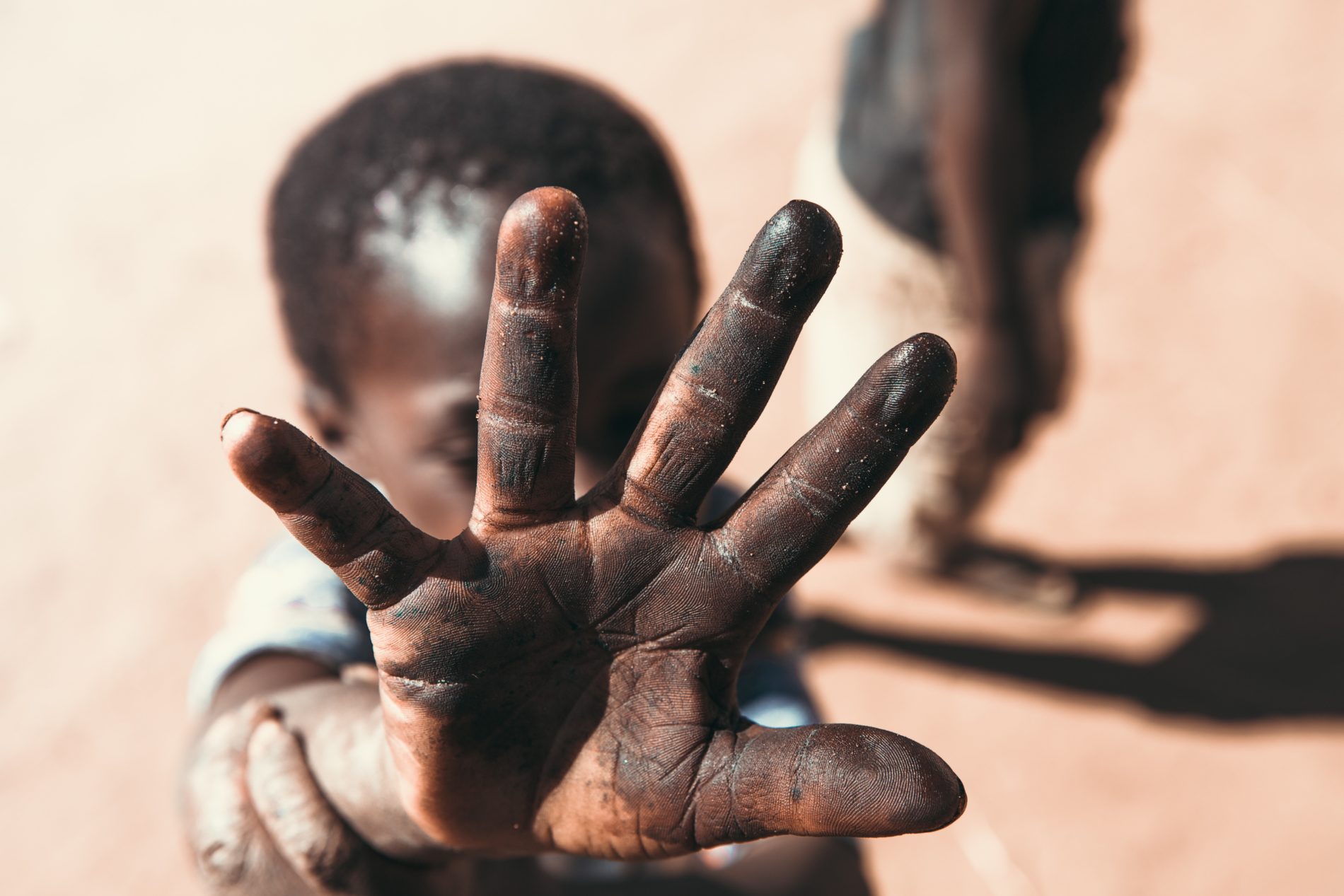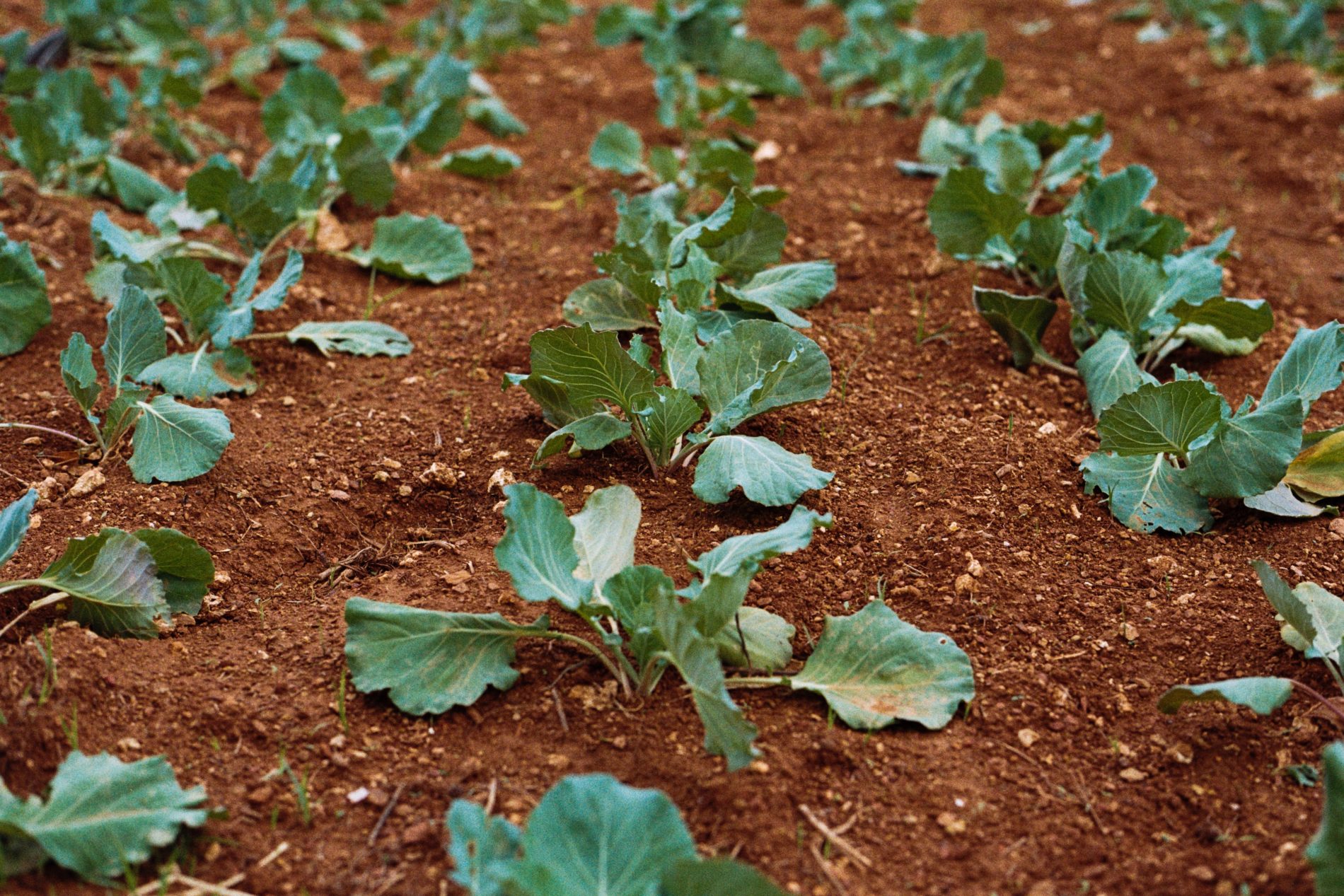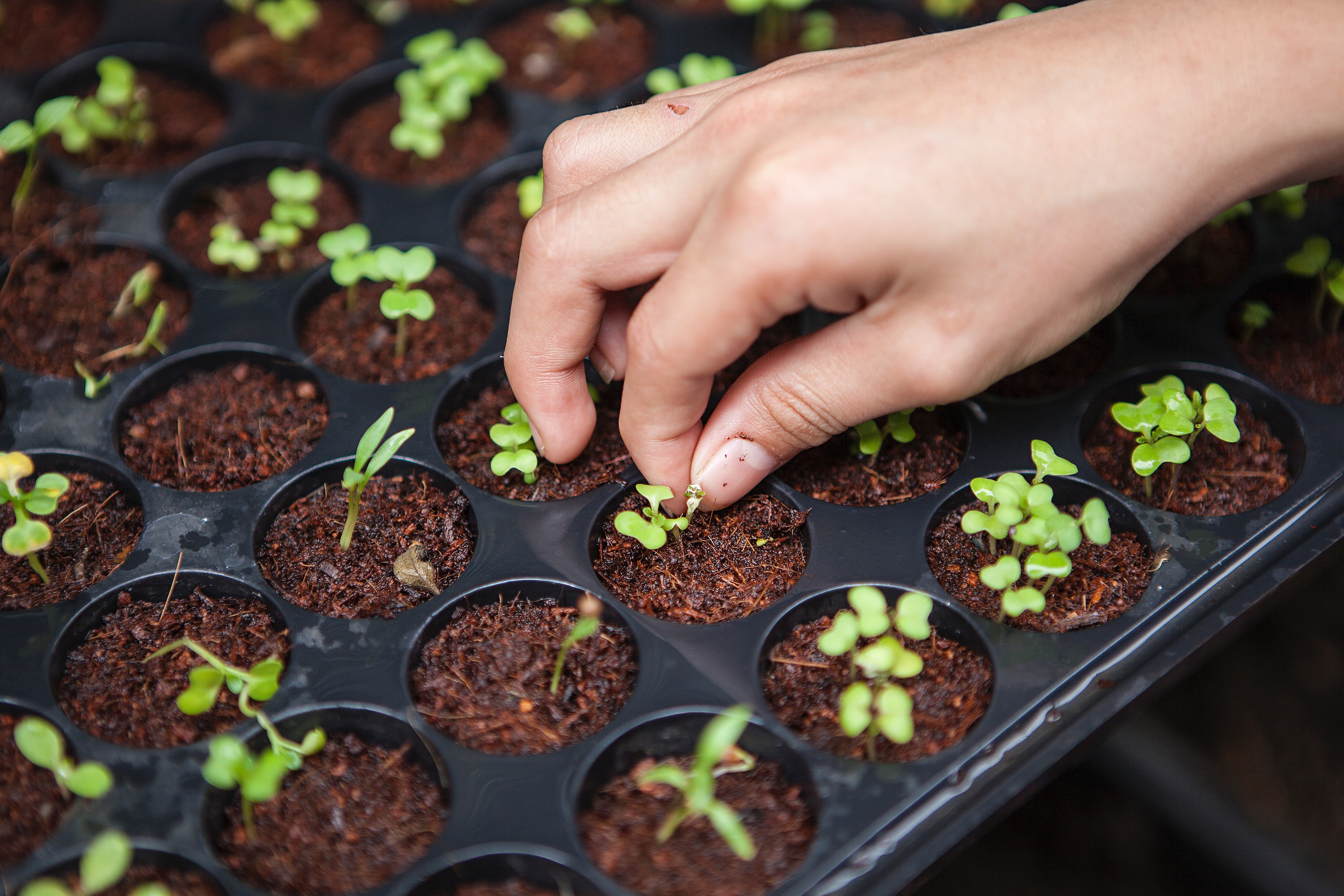From its abundant wildlife that helped to set BBC’s David Attenborough in 1954 on a naturalist’s career that we all know and love him for (by undertaking a trip to Sierra Leone for a series called Zoo Quest, which featured a bird called Picathartes); to providing the roots of Former United States of America President Barack Obama in Kenya, Africa is a rich and beautiful continent. However, not all its citizens benefit from its abundant resources. Notwithstanding their numerous challenges, on average, most Africans are resilient people.

In the Photo: Limuru tea-plucker, Kenya. Photo Credit: Mark Kucharski
The continent of Africa never ceases to amaze. Commonly believed to be the birth place of modern human beings, making the continent the ‘oldest’ place on the face of the earth upon which modern humans first walked, conversely, the Africa of today has more than its fair share of the world’s youngest populations. The continent has 17 of its countries with more than 50 % of their population under 18 years old.
I recently met a young man in Zambia, Mututa Nyoni, a university graduate with a degree in Marketing, contributing to the global 2030 Agenda for Sustainable Development Goals. The Sustainable Development Goals, or simply SDGs as they are commonly called, address the global challenges we face, including those related to poverty, inequality, climate, environmental degradation, prosperity, peace and justice. By growing vegetables in his community and raising free range chickens, Mututa is contributing to the second goal of the SDGs on Zero Hunger.
Now, please do not get me wrong. The reason why Mututa ended up engaging in agricultural activities was not that he consciously decided to contribute to the SDGs. He was simply looking for avenues to earn an income. Gone are the glory days in most parts of Africa when a university graduate could walk straight into a good paying job. Mututa is one of the 10 to 12 million youth who enter the workforce each year, where, according to the African Development Bank, only 3.1 million jobs are created, leaving vast numbers of youth unemployed.
As policy makers often proclaim, now is the time to harness the dividends that African youth have. Now is the time to create conditions that will open up opportunities for youth – for that dividend to be actually harnessed. Needless to say, the scarce wage jobs on the continent push up to 80% of youths in some African countries into the informal sector. This is where Mututa initially ended up upon graduating from university.

In the Photo: Boy with stained hand Photo Credit: Atlas Green
With his prospects of finding a job getting bleaker each day, Mututa did what most of his resilient peers around the continent do. He decided to get off his laurels and get his hands dirty. Fortunately for him, his mother has a sizeable piece of fertile land outside Lusaka, Zambia’s capital, and so Mututa decided to take on farming. With what he calls a “fairly reasonable income” from selling vegetables and chickens to local retailers, Mututa was recently in a position to save and pay for a booster pump to extend the cultivatable area through mechanised irrigation.
Fortune also smiled upon Mututa when after about only six months into farming, he was able to land a job with a reputable bank. The entry level job only earns him a modest salary, but Mututa knows that he is one of the lucky few to have a job at all, and having been bitten by the entrepreneurial bug, he has continued to supplement his income through farming.
“I am not able to sell all of my vegetables at harvest time,” Mututa smiles as he gives me an account of his farming business. “But that is okay, as I give the surplus to the workers who help me. If they cannot consume everything, they in turn give the vegetables to their friends or extended families, or sell them at give-away prices to the less fortunate. In this small way, by not throwing away food, I know that I am contributing to eradicating hunger in my community and practising what is recommended under SDG Goal 2.”

In the Photo: Close-up of growing crops Photo Credit: Jens Johnsson
Mututa Nyoni’s story is not unique. Millions of Africans earning a living or supplementing their income in various entrepreneurial and innovative ventures are practically contributing towards the goals of Agenda 2030.
According to the World Economic Forum, “If sub-Saharan Africa is able to take advantage, and provide adequate education and jobs, $500bn a year could be added to its economies for 30 years. This is the equivalent of one-third of Africa’s GDP.”
A group of innovative entrepreneurs that I had the opportunity to come across in South Africa lamented over one common issue – they lack access to markets for the uptake of their innovations. Imagine the multiplier effect if the resourcefulness of young entrepreneurs on the continent, both individually and collectively, was deliberately invested in and given the right conditions to thrive even more. Be it in agriculture, construction, mining, manufacturing, ICTs and other sectors, it goes without saying that African youth have a lot to offer. What they lack are the right conditions within which to excel further.









